First try at an exhibition proposal
Submitted by Ambrose on Wed, 2013-04-24 22:15
Last week I tried to write up an exhibition proposal literally just half a day before the deadline. And this morning I got the curators’ decision: “Unfortunately we are unable to…”
I picked up my proposal in the afternoon and asked one of the curators if the concept was strong, and she said yes. It’s just that there were too many proposals and mine didn’t fit with any other. (And she’d have liked better and more visuals.)
Anyway, I hadn’t originally even dreamt of submitting a proposal. I knew it was a long shot. I tried anyway. It didn’t work out. I don’t think I’ll have another chance at trying again with this gallery, though; but I can try somewhere else when somewhere else puts out a call, I guess.
“Try things even if you don’t feel confident.”
That’s what I myself wrote after dropping off my proposal last week, on a list of advice for new students posted on some bulletin board on the second floor of the main building…

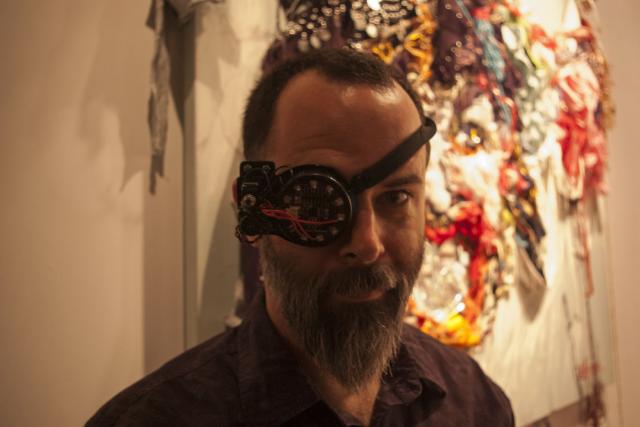
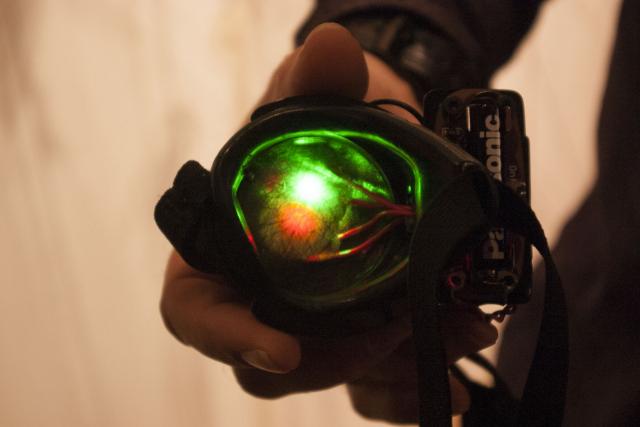 When I saw the device before the presentations I thought it looked like an Arduino, and, indeed, it
When I saw the device before the presentations I thought it looked like an Arduino, and, indeed, it 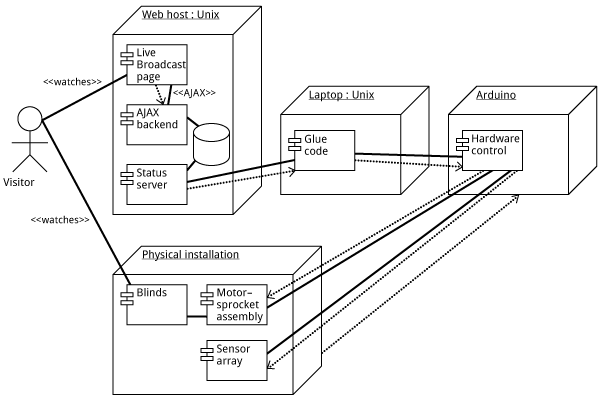 How should we even describe this as an “alt text”? (Let’s ignore text browser users for the moment.) Describing the picture certainly wouldn’t work; what matters are not the visual elements themselves, but their relationships to each other.
Even worse: Imagine this being exported into PDF (or SVG, or EPS), then embedded into InDesign. Suppose the InDesign file is going to ultimately end up as an accessible PDF. But the text in the diagram is going to be a jumbled mess. So what accessibility are we talking about? Are we deluding ourselves?
This has serious implications: Imagine, for example, a piece of online instructional material full of such diagrams. Under the AODA organizations are supposed to be able to supply this in an “accessible format.” What does it even mean for this to be accessible?
How should we even describe this as an “alt text”? (Let’s ignore text browser users for the moment.) Describing the picture certainly wouldn’t work; what matters are not the visual elements themselves, but their relationships to each other.
Even worse: Imagine this being exported into PDF (or SVG, or EPS), then embedded into InDesign. Suppose the InDesign file is going to ultimately end up as an accessible PDF. But the text in the diagram is going to be a jumbled mess. So what accessibility are we talking about? Are we deluding ourselves?
This has serious implications: Imagine, for example, a piece of online instructional material full of such diagrams. Under the AODA organizations are supposed to be able to supply this in an “accessible format.” What does it even mean for this to be accessible?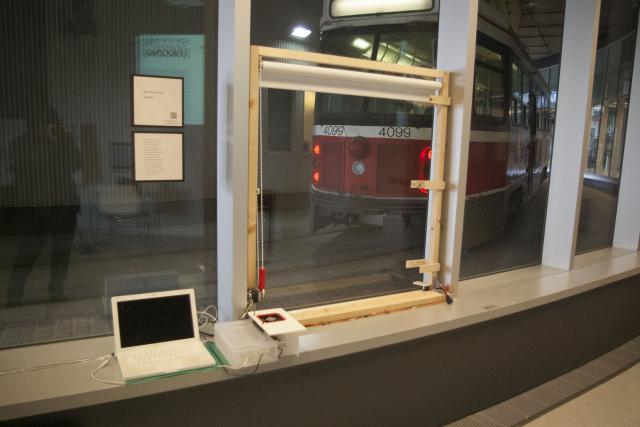 Got here at 4:30pm (having missed my class at 12:00pm) and found that things were already being taken down. I used to really hate exhibitions being taken down before their advertised closing time; I guess I still hate it, but have to acknowledge that such is reality.
I just wish if people are tearing down at 4pm, they should have advertised today’s gallery hours as 12:00–4:00pm and not 12:00–5:00pm.
Got here at 4:30pm (having missed my class at 12:00pm) and found that things were already being taken down. I used to really hate exhibitions being taken down before their advertised closing time; I guess I still hate it, but have to acknowledge that such is reality.
I just wish if people are tearing down at 4pm, they should have advertised today’s gallery hours as 12:00–4:00pm and not 12:00–5:00pm.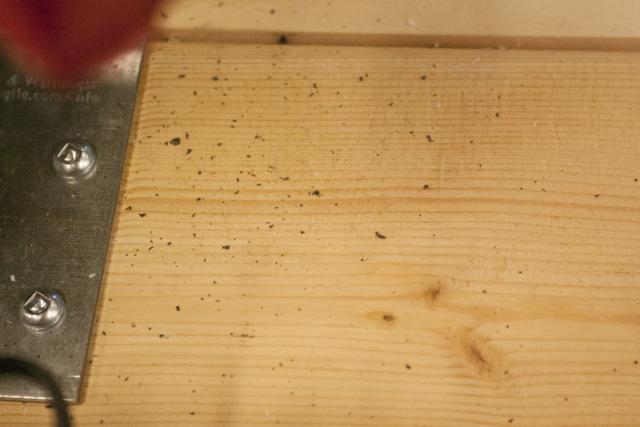 “Old media requires lubrication.”
This was one of the answers to the fake questionnaire I was given at Night Kitchen during last year’s Nuit Blanche. Back then the answer didn’t really make much sense to me, and in fact I thought the answer was bizarre. But of course, I hadn’t been involved in any “old media” creation that would have required lubrication.
Imagine how I felt when I had left the installation turned on for the night and then discovered bits of the sprocket wheel on the wooden frame. I was so glad the wheel had not been destroyed.
So I guess I can now sympathize with that answer to that fake question: Old media does require lubrication. It probably requires daily lubrication, even. But does that mean our installation, with such a strong electronics component, is still “old media”? So “new media” is virtual only? I don’t know if I can side with this conclusion, yet.
“Old media requires lubrication.”
This was one of the answers to the fake questionnaire I was given at Night Kitchen during last year’s Nuit Blanche. Back then the answer didn’t really make much sense to me, and in fact I thought the answer was bizarre. But of course, I hadn’t been involved in any “old media” creation that would have required lubrication.
Imagine how I felt when I had left the installation turned on for the night and then discovered bits of the sprocket wheel on the wooden frame. I was so glad the wheel had not been destroyed.
So I guess I can now sympathize with that answer to that fake question: Old media does require lubrication. It probably requires daily lubrication, even. But does that mean our installation, with such a strong electronics component, is still “old media”? So “new media” is virtual only? I don’t know if I can side with this conclusion, yet.